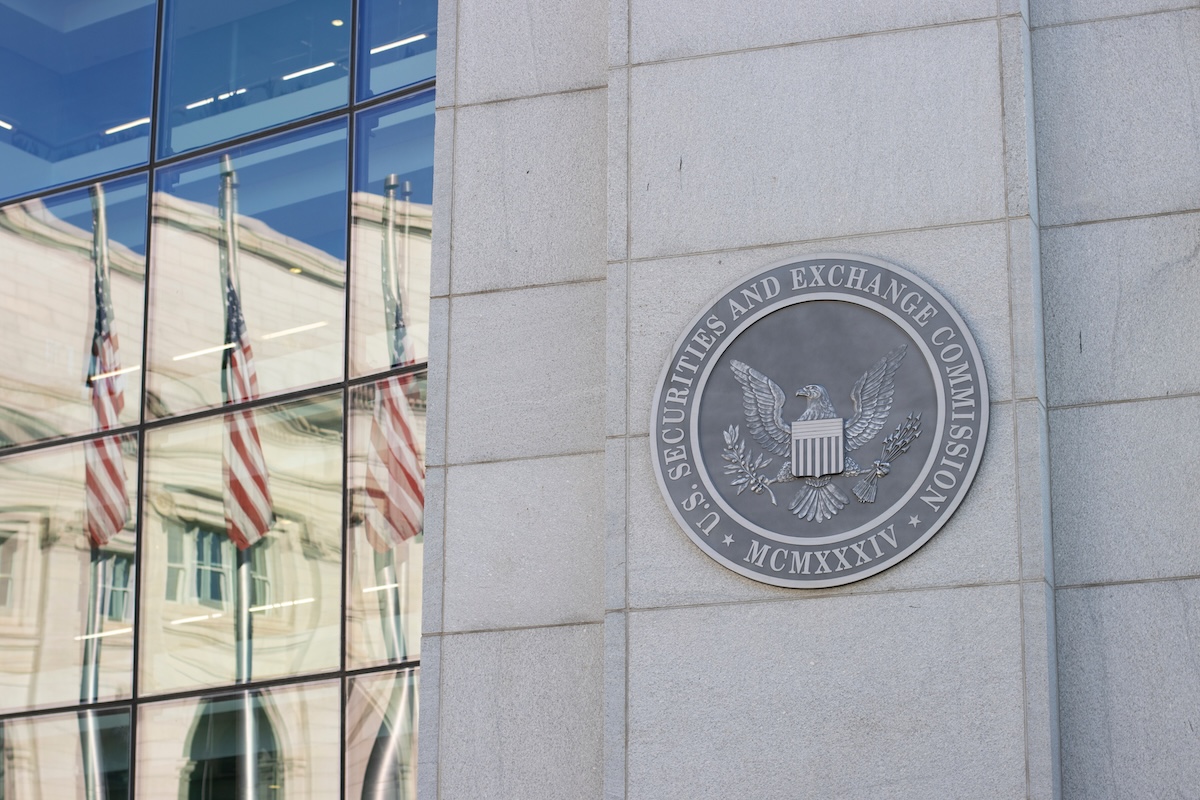
Transform Your Audit Prep into a Scalable Workflow

Audits are a fact of life in the financial services industry. In late 2024, the SEC reported that it brought in a record $8.2 billion in fines in its previous fiscal year. But they should not be a scramble. Firms that treat audits as one-time fire drills risk missing key documents, miscommunicating processes, or revealing gaps in compliance standards.
Instead of treating audits as emergencies, forward-thinking firms build a repeatable, well-documented workflow around them. A mock audit is one of the best ways to pressure-test your systems, train your team, and improve your internal processes. It gives you the opportunity to identify weaknesses before regulators do.
The goal is not to check a box but to build a culture of readiness, where your team knows exactly what to do, when to do it, and how to keep improving with each cycle.
Start With the Right Scope and Standards
Before launching your mock audit, define the type of review you are simulating. Will it follow SEC, FINRA, or state-level regulations? Set parameters early so your team can focus on relevant details and avoid wasted effort.
You can choose to audit your entire operation or target high-risk areas like marketing compliance, billing, client communications, or advertising disclosures. Narrowing the focus helps teams execute more efficiently and allows for deeper insights. Be sure to select a review period that aligns with your document retention policies, such as the past 12 months.
Assign Roles to Ensure Clarity and Accountability
Effective mock audits rely on structure and communication. Assign a lead to act as the examiner, and designate a documentation owner to collect, label, and organize materials. Involve team leaders who can provide visibility into department-specific workflows.
Include mock interviews in your process to simulate how staff might be questioned in a real audit. The more familiar your team is with the process, the more confident they will be when it counts.
Organize and Secure the Right Documentation
Collect essential records:
- Client agreements, including digital signatures (independent broker/dealer LPL Financial received a $3 million fine after a number of brokers were found to have falsified signatures)
- ADV Part 2 and CRS
- Marketing and social media materials
- Fee schedules, billing records, and trade confirmations
- Compliance manuals and Form U4
- Client communication logs (i.e., emails, call notes)
Pay attention to file naming conventions and storage locations. Using consistent formats across departments reduces friction during retrieval and helps demonstrate your firm's attention to detail. Always double-check document access and permissions to ensure that sensitive client information remains secure.
Evaluate Against Regulatory Benchmarks
Evaluate your processes and documentation against regulatory standards. Consider the following:
- Trade Logs: Check trade logs for best execution compliance.
- Delivery Dates: Review delivery dates for privacy notices and Form ADV.
- Advertising: Ensure all promotional materials comply with content and disclosure requirements. On September 11, 2023, the SEC announced changes related to the Marketing Rule. JD Supra presents the key takeaways in a February 2024 article.
- Client Disclosures: Confirm disclosures are accurate, complete, and delivered on time.
Make sure all disclosures are timely and accurate, and that updates are tracked over time. Conduct internal reviews of your communication logs and test that your client onboarding process aligns with written policies.
Simulate Real-World Scenarios Through Interviews
Mock interviews are essential for audit readiness. Ask your team to walk through actual client journeys. Can they clearly explain onboarding workflows, service timelines, or communication protocols?
Evaluate responses for clarity, completeness, and confidence. Provide feedback on any gaps in knowledge or process awareness, and use these findings to reinforce your internal training.
Document and Analyze What You Discover
Once your audit simulation is complete, summarize the findings in a structured format. Highlight what went well and where breakdowns occurred.
Identify missing documentation, outdated policies, or inconsistencies between departments. Create an internal playbook that includes corrective actions, responsible parties, and expected completion dates.
Follow Through and Resolve Gaps
Your mock audit is only as useful as the changes it drives. Assign ownership to action items, update internal documentation, and revise procedures based on your findings.
Use this opportunity to deliver training that closes knowledge gaps and reinforces your firm’s compliance mindset. Make sure all updates are logged in a way that demonstrates transparency and improvement.
Make Audit Readiness an Annual Workflow
Mock audits should not be a one-time event. Build them into your annual operations calendar with rotating focus areas to ensure full coverage over time.
Track year-over-year improvements and maintain documentation of what changed and why. This historical record not only prepares you for regulatory exams but also strengthens internal accountability.
Turn Your Audit Prep into a Scalable System with Hubly
A successful mock audit is about more than preparation. It is about building a repeatable, auditable, and transparent workflow that lives inside your operations. Hubly makes this possible.
With Hubly, you can create a dedicated audit workflow that assigns tasks, tracks progress, documents improvements, and ensures every deadline is met. Your team has full visibility into the process, and your firm gains the structure it needs to approach audits with confidence, not chaos.
Start your free 30-day trial of Hubly today and see how simple it is to build workflows that protect your firm and keep your compliance on track.










.png)
